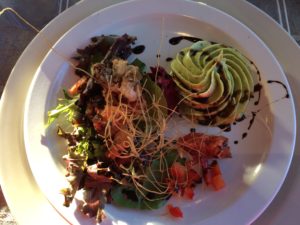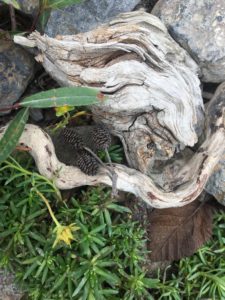 How do you make art in pristine natural environments without leaving any negative impact on the land? ô This was my challenge as I rafted down the Nahanni River this summer. ô Located in NWT in Canadaãs north, this immense river flows through 5 spectacular canyons, moose meadows, sparkling creeks, a river delta, even a sulphur hot springs. ô It lies on the traditional lands of the Dene people, andô inside the Nahanni National Park,ô ô so ensuring as small an ecological footprint as possible when visiting is critical. ô I continued to explore a technique I began using in the Arctic last summer, that of making nature-based collages. Using the incredible beauty of the geology along the river as inspiration, I arranged rocks, wood and plants into compositions that captured the beauty of this area. ô Once photographed, I returned the components to their original settings to reduce any potential interference with the local ecosystem. This was a type of creative shorthand that allowed me to capture the beauty I was experiencing in a low impact way. ô Certainly it exemplifies the saying, ãTake nothing but photos, leave nothing but footprints,ã and serves as an aesthetic record of my experience in this awe-inspiring part of the world.
How do you make art in pristine natural environments without leaving any negative impact on the land? ô This was my challenge as I rafted down the Nahanni River this summer. ô Located in NWT in Canadaãs north, this immense river flows through 5 spectacular canyons, moose meadows, sparkling creeks, a river delta, even a sulphur hot springs. ô It lies on the traditional lands of the Dene people, andô inside the Nahanni National Park,ô ô so ensuring as small an ecological footprint as possible when visiting is critical. ô I continued to explore a technique I began using in the Arctic last summer, that of making nature-based collages. Using the incredible beauty of the geology along the river as inspiration, I arranged rocks, wood and plants into compositions that captured the beauty of this area. ô Once photographed, I returned the components to their original settings to reduce any potential interference with the local ecosystem. This was a type of creative shorthand that allowed me to capture the beauty I was experiencing in a low impact way. ô Certainly it exemplifies the saying, ãTake nothing but photos, leave nothing but footprints,ã and serves as an aesthetic record of my experience in this awe-inspiring part of the world.
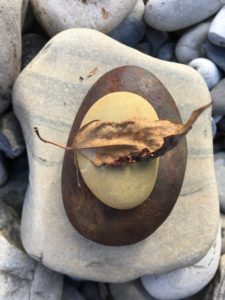
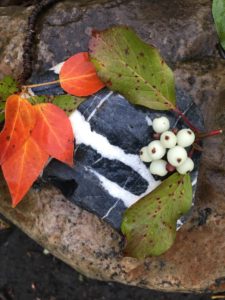
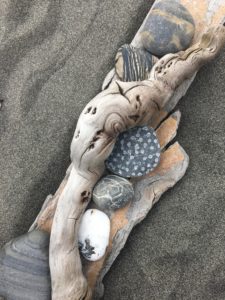
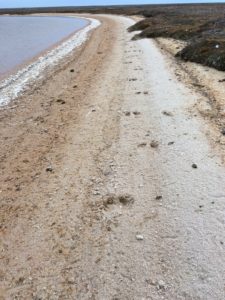 ô ô
ô ô 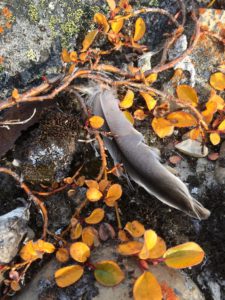 ô ô ô ô ô ô
ô ô ô ô ô ô 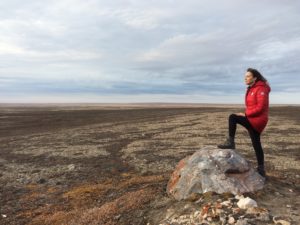
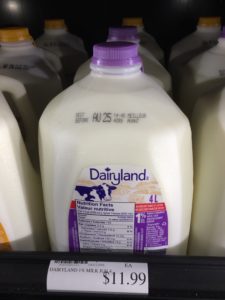
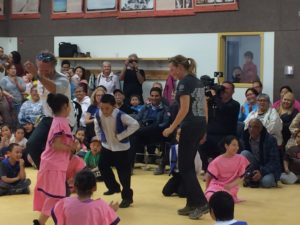
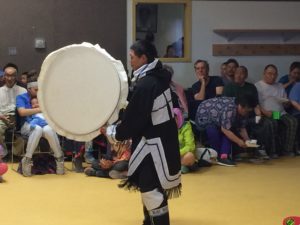
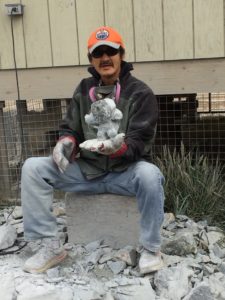
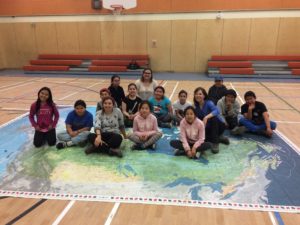
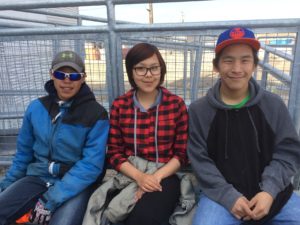
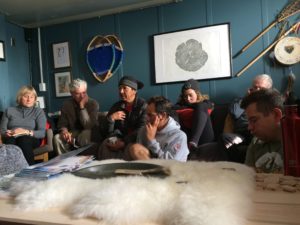



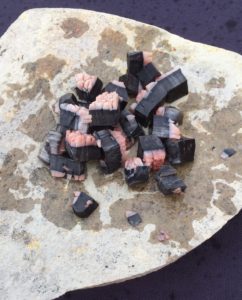
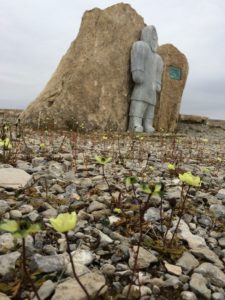

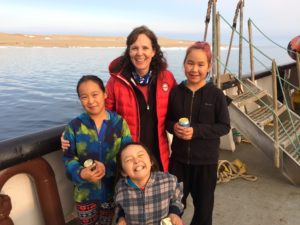

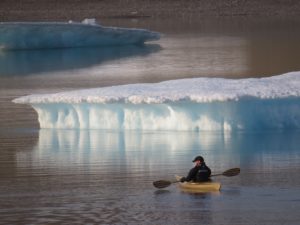
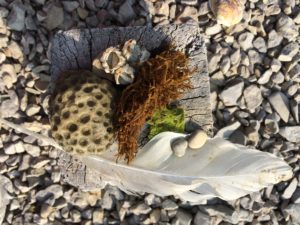


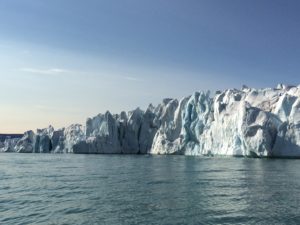 ô ô ô ô ô ô
ô ô ô ô ô ô 